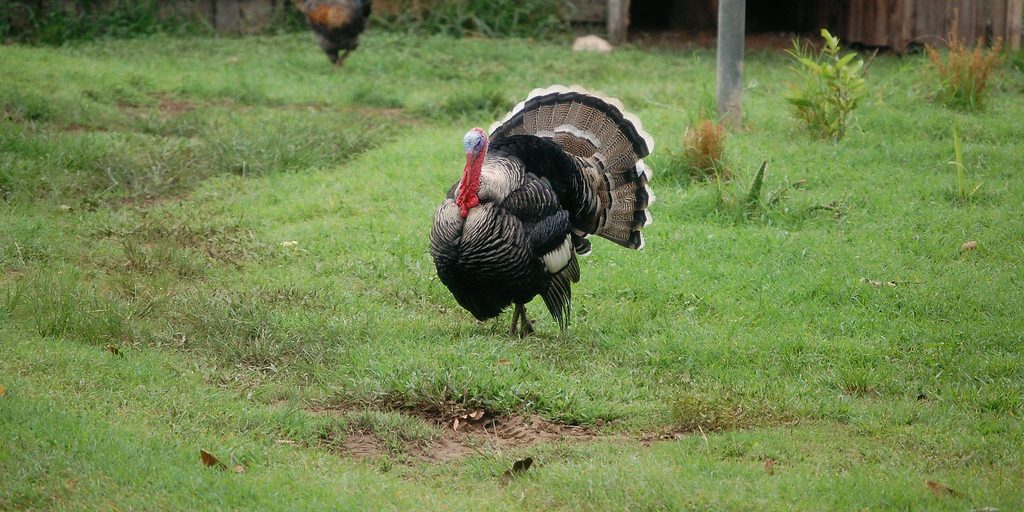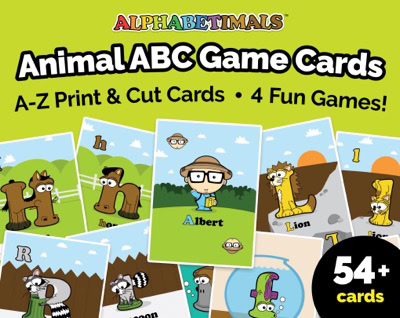
Turkeys are big birds with shiny feathers that live in forests and fields. They have bright red wattles and long fan-shaped tails. Kids love to watch turkeys walk, gobble, and strut around—these curious birds peck in the grass for food and flap their wings to fly short distances.
Watch a Turkey in Action!
See how turkeys move, flap their wings, and gobble as they explore their home.
What Is a Turkey?
A turkey is a large bird that:
- Has glossy feathers that can look bronze, purple, or green in the sunlight
- Has a red wattle and bare skin on its head called a snood and caruncles
- Males are called toms or gobblers, females are hens
Where Do Turkeys Live?
Turkeys enjoy living in warm places where they can find food and shelter. They live:
- In forests, woodlands, and fields across North America
- Near farm fields, parks, and backyard bird areas
What Do Turkeys Eat?
Turkeys are not picky eaters! They eat:
- Seeds, berries, acorns, and nuts
- Insects like grasshoppers and beetles
- Leaves, buds, and even small plants
How Big Is a Turkey?
Turkeys are often as big as a 3–4 year old child. They can:
- Grow to about 100 cm (about 3 feet) tall
- Weigh nearly as much as a small dog—up to 11 kg (24 lbs)
What Sound Do Turkeys Make?
Turkeys use many sounds to talk:
- Gobble: A loud “gobble-gobble” from a male to show he’s there
- Cluck: A short “tuck-tuck” to say hello to friends
- Purr: A soft rolling “errrrr” when they are calm
- Putt: A sharp “putt” to warn of danger
Cool Turkey Facts
Turkeys are full of surprises! Here are some fun facts:
- Turkeys can fly up to tree branches to stay safe at night
- Males puff up their chest, fan their tail, and strut to impress hens
- Their gobble can be heard up to 1 mile (1.6 km) away
- Baby turkeys are called poults and leave the nest within a day
- They beat their wings on their chest to make a drumming sound
- Young turkeys whistle to find their friends
- They can run very fast—up to 25 km/h (15 mph)
- Turkeys have excellent eyesight and can see in full color
Printables and Coloring Fun
Grab fun Turkey activities!
Turkeys in the Eco-System
Turkeys help balance nature:
- They spread seeds when they eat berries, helping forests grow
- They eat insects that can harm trees and plants
- There are about 7 million wild turkeys in North America today
- They are not endangered, but need safe forests to live happily
Ask a Grown-Up to Help You Learn More
Want to dig deeper? Here are some trusted links:
Fun Questions About Turkeys
Male turkeys gobble to show they are there and to talk to other turkeys.
Yes! Turkeys can fly short distances to escape danger or reach a tree branch.
Baby turkeys, called poults, eat insects, seeds, and berries.
Male turkeys gobble to show they are there and to talk to other turkeys.
Turkeys can run up to 25 km/h (15 mph) to stay safe.
Yes, their gobbles can be heard from far away—up to 1 mile!
Turkeys sleep high in tree branches at night to stay safe.
The skin on their head can change color based on their mood.
Ways to Donate and Support Turkeys
You can help turkeys stay safe and happy by protecting their forest homes. You can donate or join groups that save wildlife.
Sources: Wikipedia, Live Science, Creative Commons, Britannica.com and Freesound.org

Alphabetical list of animals that start with T
A full alphabetical list of popular animal names that begin with the letter T for toddlers and preschool kids.
- Tamarin
- Tang
- Tapir
- Tarantula
- Tarsier
- Tasmanian Devil
- Termite
- Tern
- Tetra
- Thresher Shark
- Thorny Devil
- Tiger
- Tiger Shark
- Toad
- Tortoise
- Toucan
- Tree Frog
- Trout
- Turkey
- Turtle
- Tyrannosaurus Rex (Extinct)
Which one should be the next Alphabetimal? Let us know on our facebook page.
All animals A-Z
Animal phonics alphabet
Animals that start with common phonics digraphs
Animal facts for kids
Other animal collections
Try our Printable Alphabet Worksheets! Download a FREE SAMPLE or preview all 200+ on Etsy.com or TeachersPayTeachers.com



